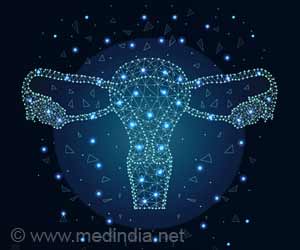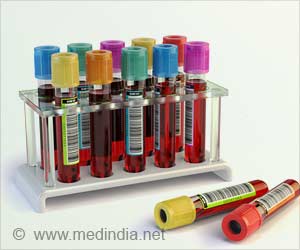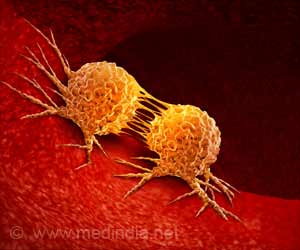The lifetime risk of cancer associated with radiation exposure from a computed tomography (CT scan) coronary angiography varies widely, with the risk greater for women and younger patients
The lifetime risk of cancer associated with radiation exposure from a computed tomography (CT scan) coronary angiography varies widely, with the risk greater for women and younger patients, according to an analysis based on computerized simulation models.
The study, published in the journal JAMA, was conducted by a team of researchers led by Andrew J. Einstein, at the Columbia University College of Physicians and Surgeons, New York.The researchers estimate the LAR of cancer incidence associated with radiation exposure from a 64-slice CTCA to determine how this risk is influenced by patient age, sex, and scan protocol.
The recent Biological Effects of Ionizing Radiation (BEIR) VII Phase 2 report provides a framework for estimating LAR of cancer incidence associated with radiation exposure from a CTCA by using a computational model, and integrating the most current data available on health effects of radiation.
According to the researchers, the lifetime cancer risk estimates for standard cardiac scans varied from 1 in 143 for a 20-year-old woman to 1 in 3,261 for an 80-year-old man.
They also found that the use of simulated electrocardiographically controlled tube current modulation (ECTCM) decreased these risk estimates to 1 in 219 and 1 in 5,017, respectively.
Estimated cancer risks using ECTCM for a 60-year-old woman and a 60-year-old man were 1 in 715 and 1 in 1,911, respectively. A combined scan of the heart and aorta had higher LARs, up to 1 in 114 for a 20-year-old woman. The highest organ LARs were for lung cancer and, in younger women, breast cancer.
Advertisement
“The results of this study suggest that CTCA should be used particularly cautiously in the evaluation of young individuals, especially women, for whom alternative diagnostic modalities that do not involve the use of ionizing radiation should be considered, such as stress electrocardiography, echocardiography, or magnetic resonance imaging.
Advertisement
Source-ANI
LIN/C









